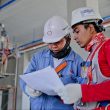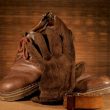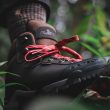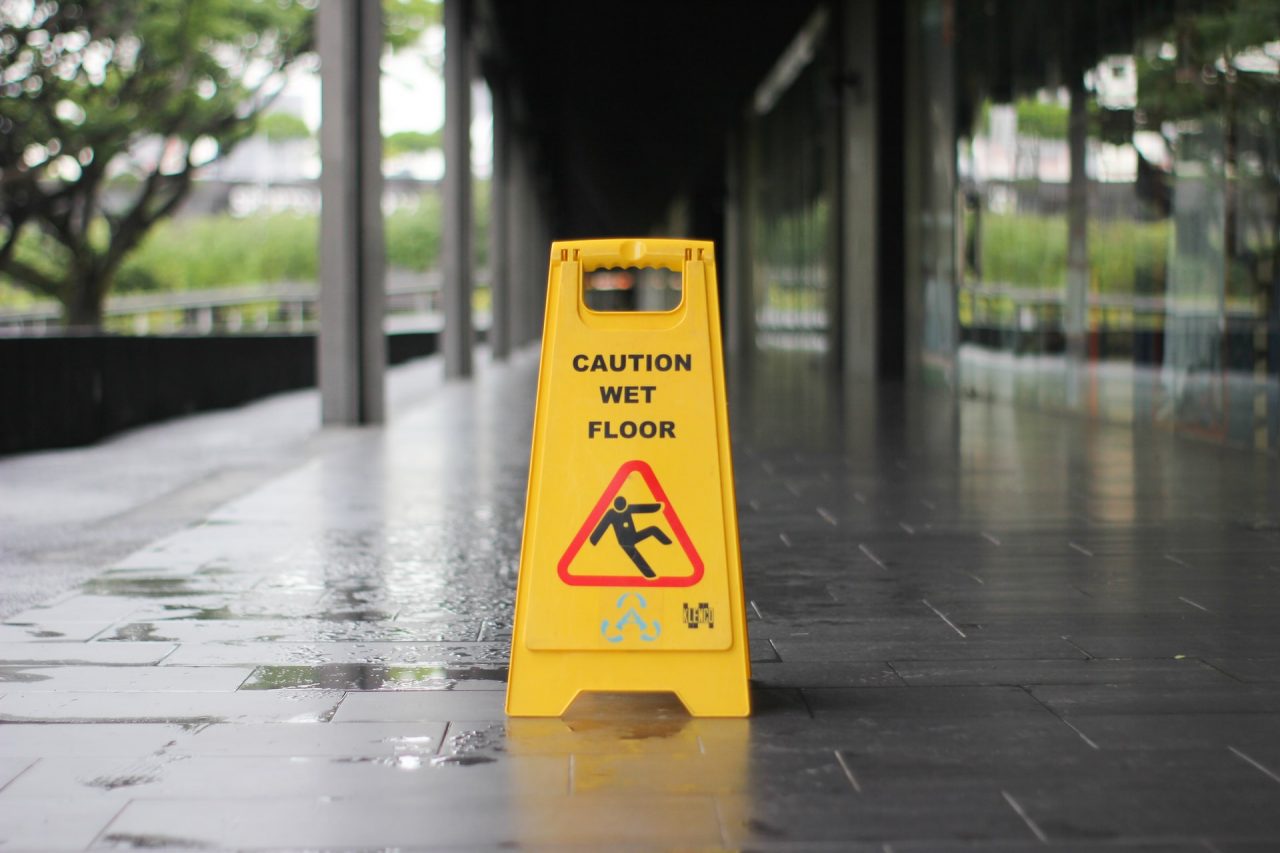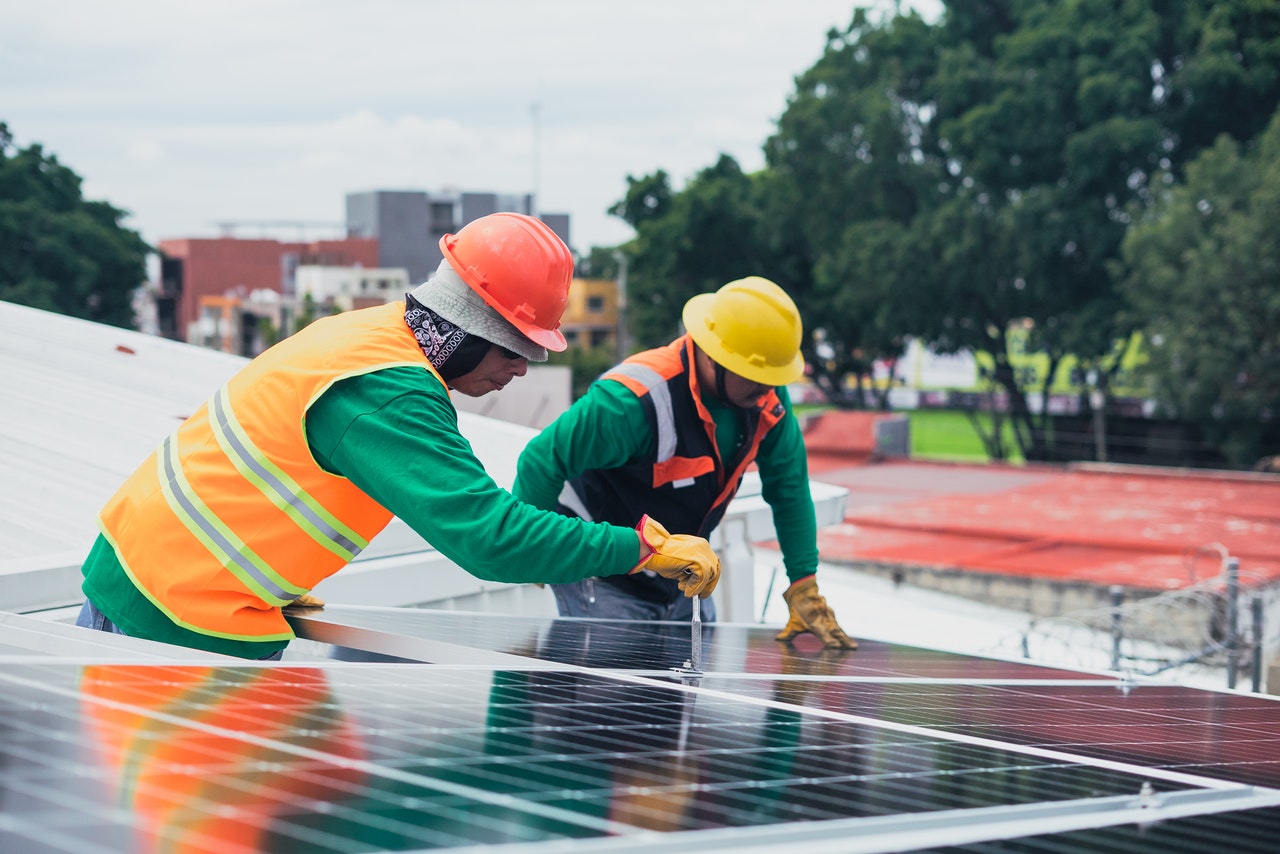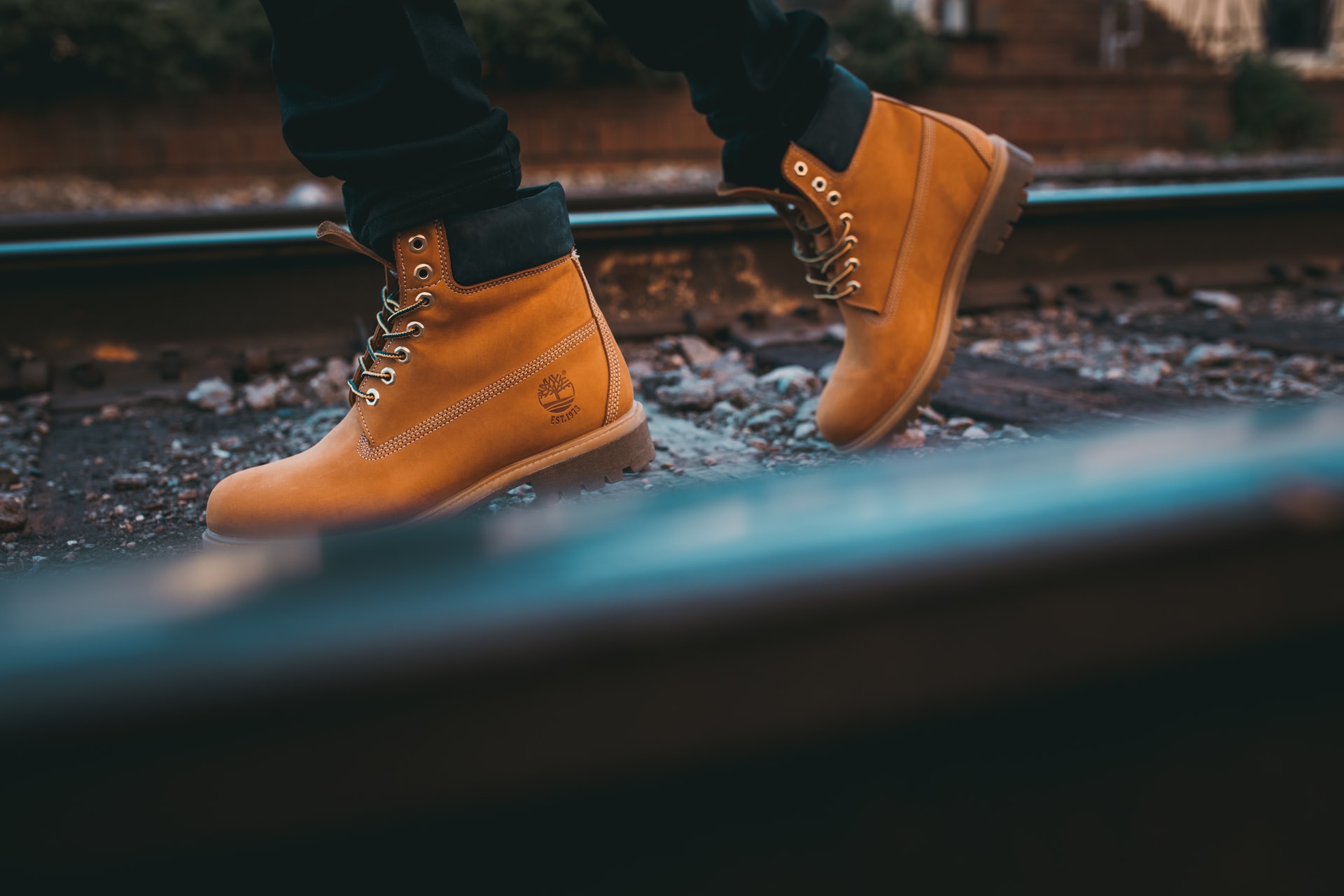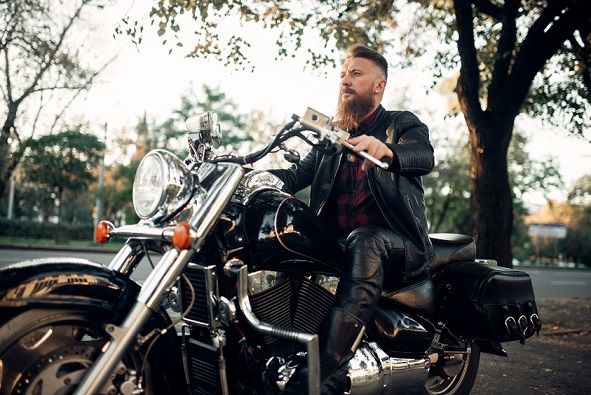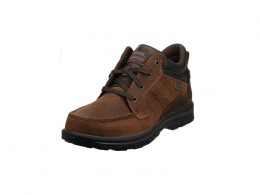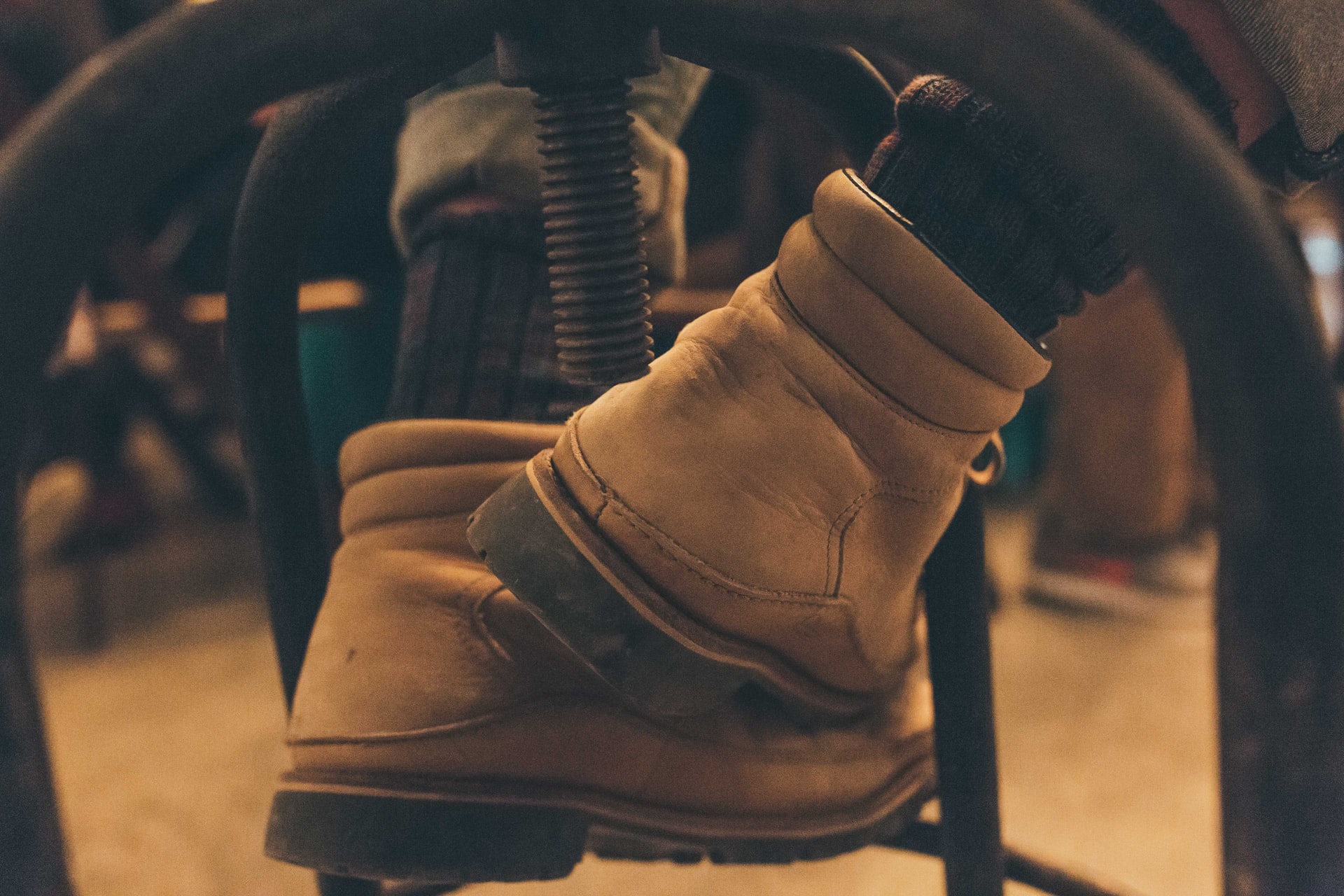Workwear Guru is reader-supported. When you buy through links on our site, we may earn an affiliate commission. Learn more
Falls are a significant problem worldwide. The World Health Organization (WHO) reports that they are the second-highest leading cause of accidental deaths worldwide. On top of that, around 37.3 million falls occur each year that, although not fatal, require medical attention.
Falls can also be a hazard in many workplaces. Based on reports by the Bureau of Labor Statistics, in 2018, falls, slips and trips represented 37.9% of all fatalities in the construction industry. They were the primary type of fatal event. With winter approaching, the slippery surfaces will add to this tripping hazard. One of the best solutions for such risks is non-slip shoes. But, what are they exactly? And, how to tell if shoes are slip-resistant? Keep reading and find out one way how you can protect yourself better.
What Are Non-Slip Shoes?
Slip-resistant shoes, often referred to as non-slip or non-skid shoes are shoes designed specifically for helping to prevent slipping, tripping, and falling on various surfaces. The material they contain, the outsole design, and the tread pattern enable them to have a better grip and to remain firmly planted on the ground when walking on surfaces with moisture. Non-slip shoes offer comfort, flexibility, and style, all while protecting you from injury. Although there is no specific PPE requirement for non-slip shoes, they are a great addition to your everyday wardrobe.
When to Wear Non-Slip Shoes?
Some of the many professions that use slip-resistant shoes include:
- Restaurant workers: Considering the risk of dropped food and spilled drinks, slipping is an ever-present hazard for these workers. In addition to that, with people constantly coming in and out of restaurants, the floors need to be cleaned. So, wet floors are normal and part of the job, and that is why non-slip shoes should be too.
- Roofing contractors: Any job that requires carrying heavy loads can be dangerous, especially so when you do it in big heights. With so many potential risks, non-slip shoes help minimize the danger by reducing fall risks that could easily end in fatality.
- Cleaners: This profession constantly requires you to walk on wet surfaces, thus increasing the risk of slipping. Non-slip shoes are a must to make this job safer.
Other professions that could benefit greatly from slip-resistant shoes are health professionals, construction workers, and crime-fighting jobs.
So, if you work in these professions or any other that requires you to be around slippery surfaces, then these shoes are a must. Although they are not necessary for each profession, you can wear them regardless and be extra safe at work.
How Do Non-Slip Shoes Work?
We know that these shoes are designed to reduce slips, but how do non-slip shoes work exactly? Well, the answer lies in friction.
Friction is the force that works between two surfaces, in this case, the surface of your shoe and the ground, to prevent them from sliding against one another. When walking on regular surfaces, there is enough friction not to slip. But, water can reduce that friction. That is why the non-slip shoes bottom is specifically designed to increase friction and ensure you can safely walk on what are otherwise slippery floors.
What Makes Shoes Slip-Resistant?
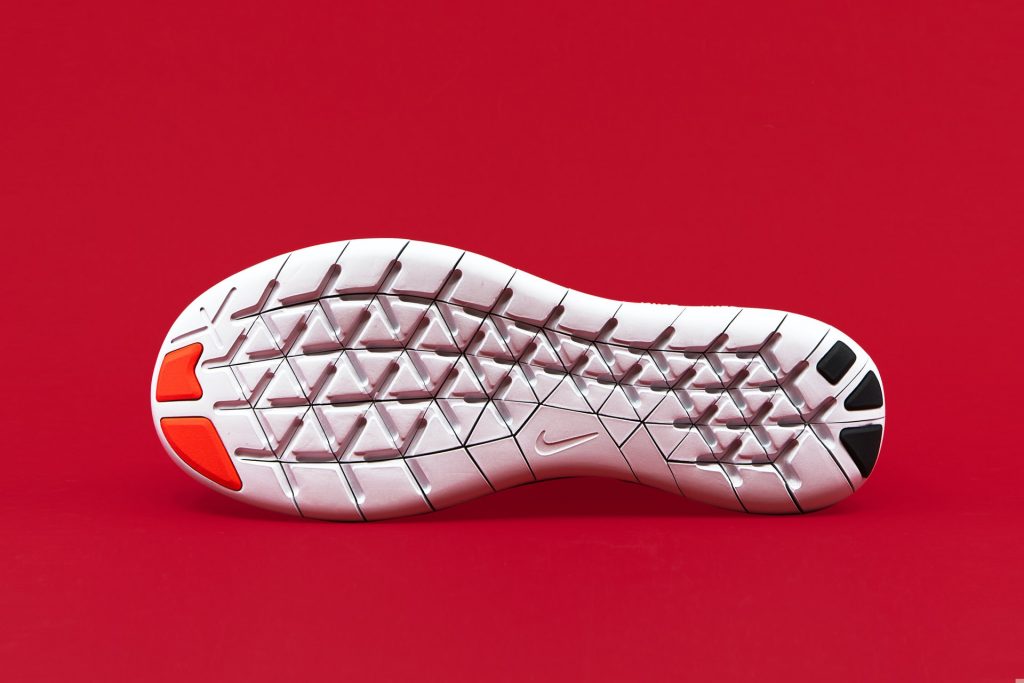
Shoe material
The materials used to make the shoes play an important role in making them slip-resistant. Such shoes use softer materials, such as rubber, on the outside. This way, they can achieve enough contact with the floor and raise friction. The slip-resistant outsole is resilient against water, oil, and other compounds.
Outsole design
The design of the shoe, especially the outsole part, can help make it more slip-resistant. Typically, non-slip shoes have tread patterns in the soles combined with a flat-edged area that is slightly raised. What this does is ensure that no liquid is trapped under the shoe. Instead, your soles can come in full contact with the ground.
Tread pattern
The deeper the grooves on the shoes’ tread pattern, the higher the friction they create. So, since non-slip shoes have deep grooves, they can firmly grip onto the ground and resist slipping and falling. The treads on the bottom of the shoe are what move the water to the sides and create resistance.
We come in contact with many safety hazards every day. When you have the option, why not choose to protect yourself from them? By wearing the proper shoes, you can help prevent many unnecessary accidents. In some cases, your safety is in your hands… or feet, if we might say.

